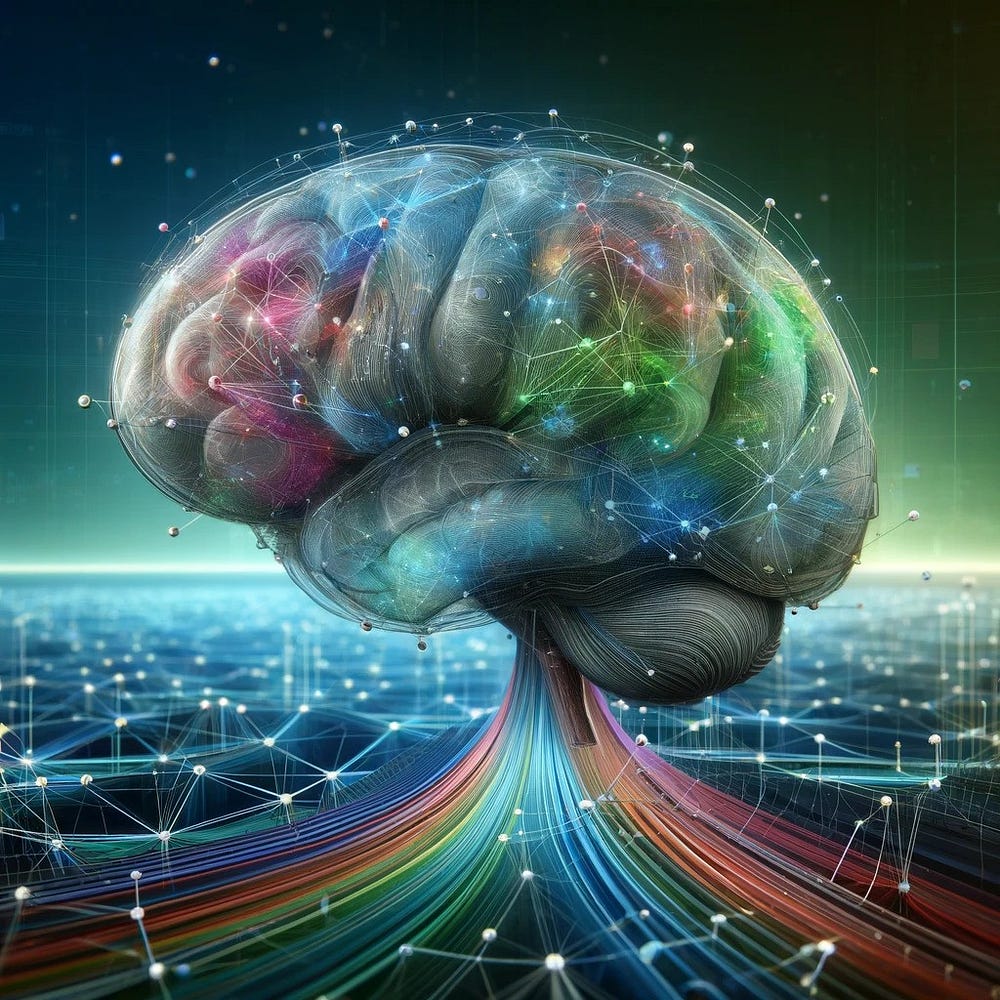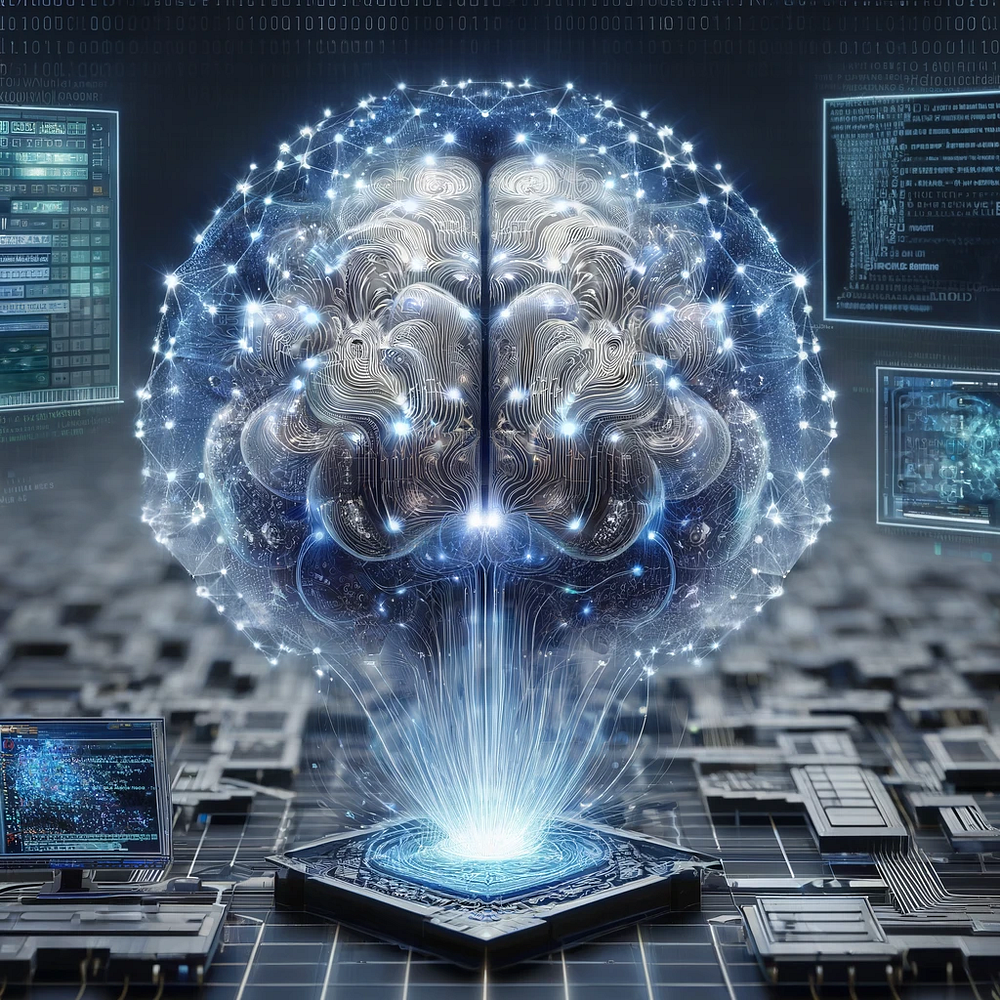
A novel compression technique ensuring comparable performance with 70% less parameters Author Amanda Kau ( ORCID : 0009–0004–4949–9284) Introduction The sizes of large language models (LLMs) have been steadily increasing over the last few years.

A novel compression technique ensuring comparable performance with 70% less parameters Author Amanda Kau ( ORCID : 0009–0004–4949–9284) Introduction The sizes of large language models (LLMs) have been steadily increasing over the last few years.

Enhancing Data Interactivity with LLMs and Neo4j Knowledge Graphs Author Wenyi Pi ( ORCID : 0009–0002–2884–2771) Introduction Since OpenAI launched ChatGPT, a large language model (LLM) based chatbot, in 2023, it has set off a technological wave.

Author Dhruv Gupta ( ORCID : 0009–0004–7109–5403) Introduction Large Language Models (LLMs) have become the new face of Natural language processing (NLP). With their generative power and ability to comprehend human language, the human reliance on these models is increasing every day. However, the LLMs have been known to hallucinate and thus produce wrong outputs.

Automated Knowledge Graph Construction with Large Language Models — Part 2 Harvesting the Power and Knowledge of Large Language Models Author Amanda Kau ( ORCID : 0009–0004–4949–9284 ) Introduction Knowledge graphs (KGs) are a structured representation of data in a graphical format, in which entities are represented by nodes and are connected by edges representing relationships

Understanding the Evolutionary Journey of LLMs Author Wenyi Pi ( ORCID : 0009–0002–2884–2771) Introduction When we talk about large language models (LLMs), we are actually referring to a type of advanced software that can communicate in a human-like manner. These models have the amazing ability to understand complex contexts and generate content that is coherent and has a human feel.

Attention mechanism not getting enough attention Author Dhruv Gupta ( ORCID : 0009–0004–7109–5403) Introduction As discussed in this article, RNNs were incapable of learning long-term dependencies. To solve this issue both LSTMs and GRUs were introduced. However, even though LSTMs and GRUs did a fairly decent job for textual data they did not perform well.

Large Language Models for Fake News Generation and Detection Author Amanda Kau ( ORCID : 0009–0004–4949–9284) Introduction In recent years, fake news has become an increasing concern for many, and for good reason. Newspapers, which we once trusted to deliver credible news through accountable journalists, are vanishing en masse along with their writers.

The Three Oldest Pillars of NLP Author Dhruv Gupta ( ORCID : 0009–0004–7109–5403) Introduction Natural Language Processing (NLP) has almost become synonymous with Large Language Models (LLMs), Generative AI, and fancy chatbots. With the ever-increasing amount of textual data and exponential growth in computational knowledge, these models are improving every day.

Exploring innovative Strategies in Combating Misinformation with Enhanced Multimodal Understanding Author Wenyi Pi ( ORCID : 0009–0002–2884–2771) Introduction Misinformation refers to false or inaccurate information that is often given to someone in a deliberate attempt to make them believe something that is not true. This has a significantly negative impact on public health, political stability and social trust and harmony.

Techniques to integrate Knowledge Graphs into Language Models Author Amanda Kau (ORCID: 0009–0004–4949–9284 ) Introduction Both knowledge graphs (KGs) and pre-trained language models (PLMs) have gained popularity due to their ability to comprehend world knowledge and their broad applicability.